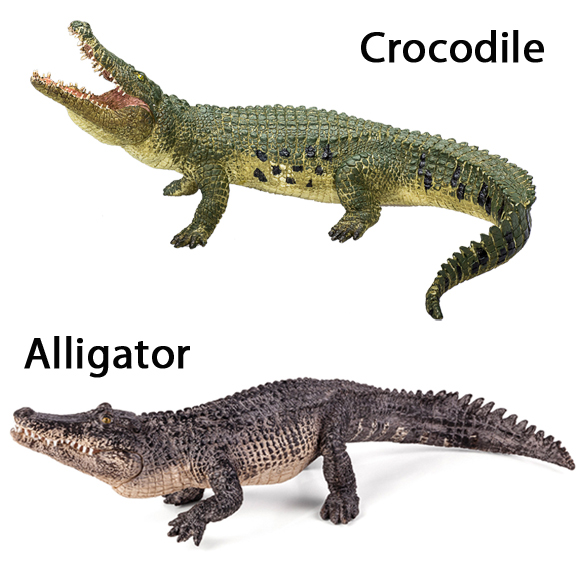Giant Philippine Crocodile Is Guinness World Record Holder
Lolong – Officially the Biggest Crocodile in Captivity
A giant Estuarine crocodile, otherwise known as a Saltwater crocodile (Crocodylus porosus) captured by villagers in the Philippines has been officially declared the largest crocodile in captivity. Everything Dinosaur reported on the capture of the six metre long monster croc last September when brave villagers in Bunawan, aided by the local authorities trapped the huge reptile.
To read the original article: Monster Crocodile Caught.
The crocodile, called Lolong to honour a Philippine Government official who died from a heart attack after travelling to the area to help capture the crocodile, has been housed in a new eco-tourism park just outside the village and it has proved to be a star attraction. After being officially declared the largest crocodile in capitivity by the Guinness World Records Association, no doubt more tourists will come to see the monster.
Up until Lolong was officially measured the title of the largest captive crocodile belonged to Cassius, another Saltwater crocodile that was housed in the Marineland Melanesia wildlife zoo on Green Island of the coast of Queensland (Australia).
To read about Cassius: Question – what is the biggest crocodile alive today?
Cassius had been measured at 5.48 metres long, but the Philippine monster has been measured at 6.17 metres in length. Estimating the weight of these creatures is difficult, imagine persuading a twenty-foot long crocodile to sit on some scales, but both these apex predators probably weigh more than 1,000 kilogrammes.
Biologists suggest that these crocodiles, the largest species of reptile in the world can live for over one hundred years and males may reach lengths in excess of seven metres. Unlike humans, animals like crocodiles can continue to grow incrementally for as long as they live. A very old male crocodile could exceed twenty-three feet in length. Worryingly for the inhabitants of Bunawan, they have been reports of an even larger crocodile lurking in the lush, swampland of the region. Fishermen are still very wary of going fishing after dark just in case there is an attack.
The Difference Between a Crocodile and and Alligator
The village mayor Edwin Cox Elorde stated that the news of their record breaker led to celebrations amongst the locals. Lolong has already proved to be a big hit with tourists and visitors who have brought much needed income into the area. Now that this Philippine monster has been officially declared the biggest crocodile in captivity in the world, more people are expected to visit, to catch a glimpse of the region’s very own “prehistoric-looking monster”.
The mayor went on to add:
“There were mixed feelings [in the community]. We are really proud because Lolong proves the rich biodiversity of our place but at the same time there are fears that Lolong may not be alone.”
With the possibility of an even larger predator in the area, local officials are seeking Government permission to carry out more trapping in the area. Crocodile attacks are a constant threat and for many of the inhabitants of Bunawan who make their living as fishermen, there are growing fears that an even bigger and more dangerous crocodile may be present in the swamp.
For models and scale figures of extinct and extant archosaurs: Models of Extinct and Extant Archosaurs.


